Christmas writing
2 Replies
Little kids (and quite a few bigger ones) are often keen at this time of year to write Christmas lists, letters to Santa, cards or do other seasonally-adjusted writing.
They are often less enthusiastic about continuing to do structured spelling work.
It’s the silly season, so fair enough. It’s great to find a writing task they’re still keen to do, in between all their parties, concerts and swimming.
I often give up on the structured spelling work at this point of the year and just go with the silly season writing, aiming to give kids enough guidance for them to sound out all the words they want to write, while making sure I prevent spelling mistakes.
The first encounter with a written word matters, and spelling it correctly maximises your chances of getting it right again next time.
There’s no need to give up on sounding out words for this activity, and revert to visual copying or reciting letter names.
Instead, you can give kids the spellings they need for any words they can’t spell independently, and ask them to build these words before writing them.
I use my movable alphabet pieces for this, but you can also do it using spellings (graphemes) written on small post-it notes or squares of paper.
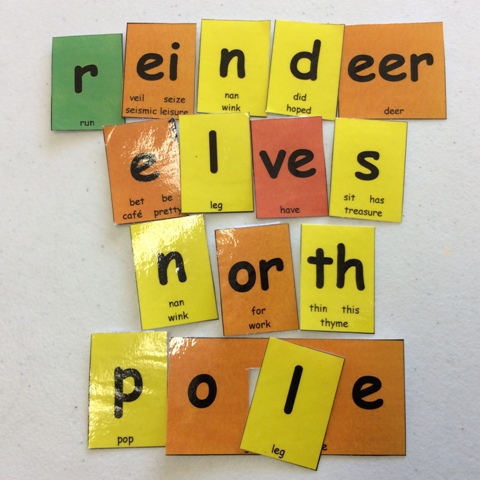 This prevents kids from leaving sounds out or writing a plausible but incorrect spelling choice, e.g. writing “Santer Cores”, “Santar Claws” or Santer Klauz”.
This prevents kids from leaving sounds out or writing a plausible but incorrect spelling choice, e.g. writing “Santer Cores”, “Santar Claws” or Santer Klauz”.
They can still sound each unknown word out, but they only have to recognise, not recall, the right spellings for each sound, and get them in the right order. If there’s a spelling they don’t know yet in a word, they can often work out where to put it by a process of elimination.
It’s possible to squeeze extra writing out of children by reminding them that prior to launching into a list of gifts they would like, it is a good idea to be polite, ask Santa how he is, send greetings to the elves, and perhaps give an indication of what refreshment might be on offer at your house upon his arrival.
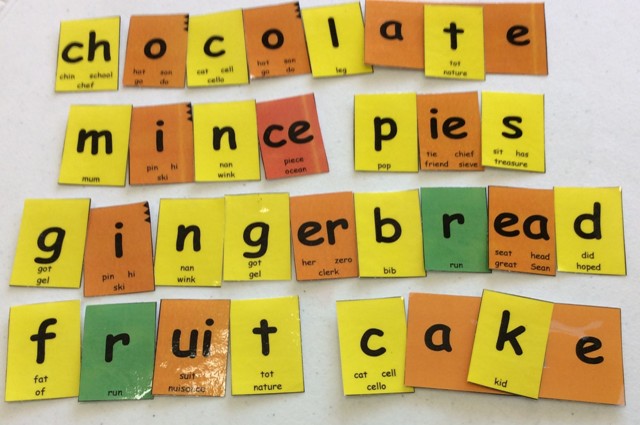 Of course the reindeer will be working hard too that night, and will need refreshment too.
Of course the reindeer will be working hard too that night, and will need refreshment too.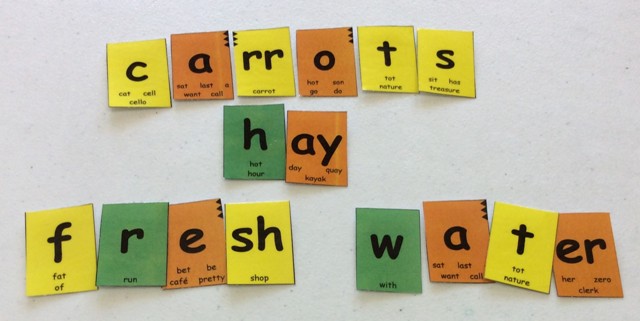 Gift suggestions can then reasonably be made.
Gift suggestions can then reasonably be made.
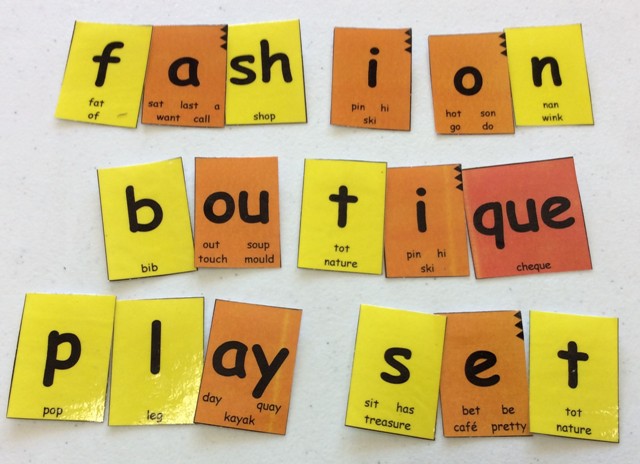
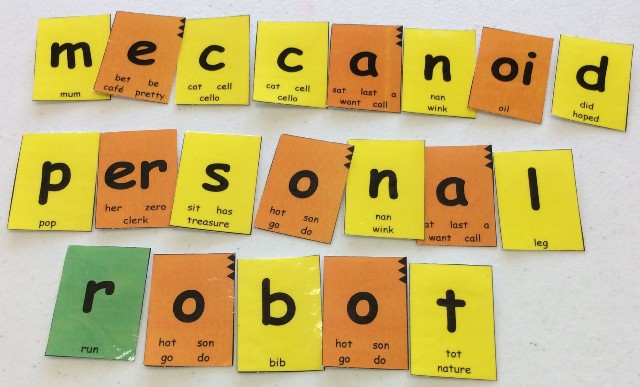 The letter then needs to be signed and folded, and put in an envelope with both “Santa Claus, North Pole” on the front and the sender’s name and address on the back. More opportunity for sounding out words, building them first if necessary.
The letter then needs to be signed and folded, and put in an envelope with both “Santa Claus, North Pole” on the front and the sender’s name and address on the back. More opportunity for sounding out words, building them first if necessary.
I think letters to Santa once did not require a stamp, but these days they do ask for one, which I suppose is a reflection of the financial situation of Australia Post now that most mail is electronic.
Anyway there are also some useful ideas and templates on Australia Post’s Write to Santa web page.
Handwriting is a really important part of learning to read and spell, so I would suggest avoiding their electronic templates and other typed letter options. There’s a good chance a child’s best handwriting ever will appear on their letter to Santa once they’ve considered the possibility that if it’s messy, Santa might not be able to read it.



Oh I love “squeeze extra writing out of children”. I think my son’s teacher has spent the year using strategies to squeeze extra writing out of my reluctant writer.
One of my Masters projects was to do a Conversational Analysis of a conversation between a friend’s little boy and his dad at lunch. The kid’s agenda was to talk about dinosaurs and the dad’s agenda was to get the kid to eat. Both were magnificently achieved, but the dad had to really work on his. I often think of this when working with children who really don’t feel like picking up their pencils – sometimes achieving two people’s agendas at the same time is tricky but the best possible outcome is to achieve both.